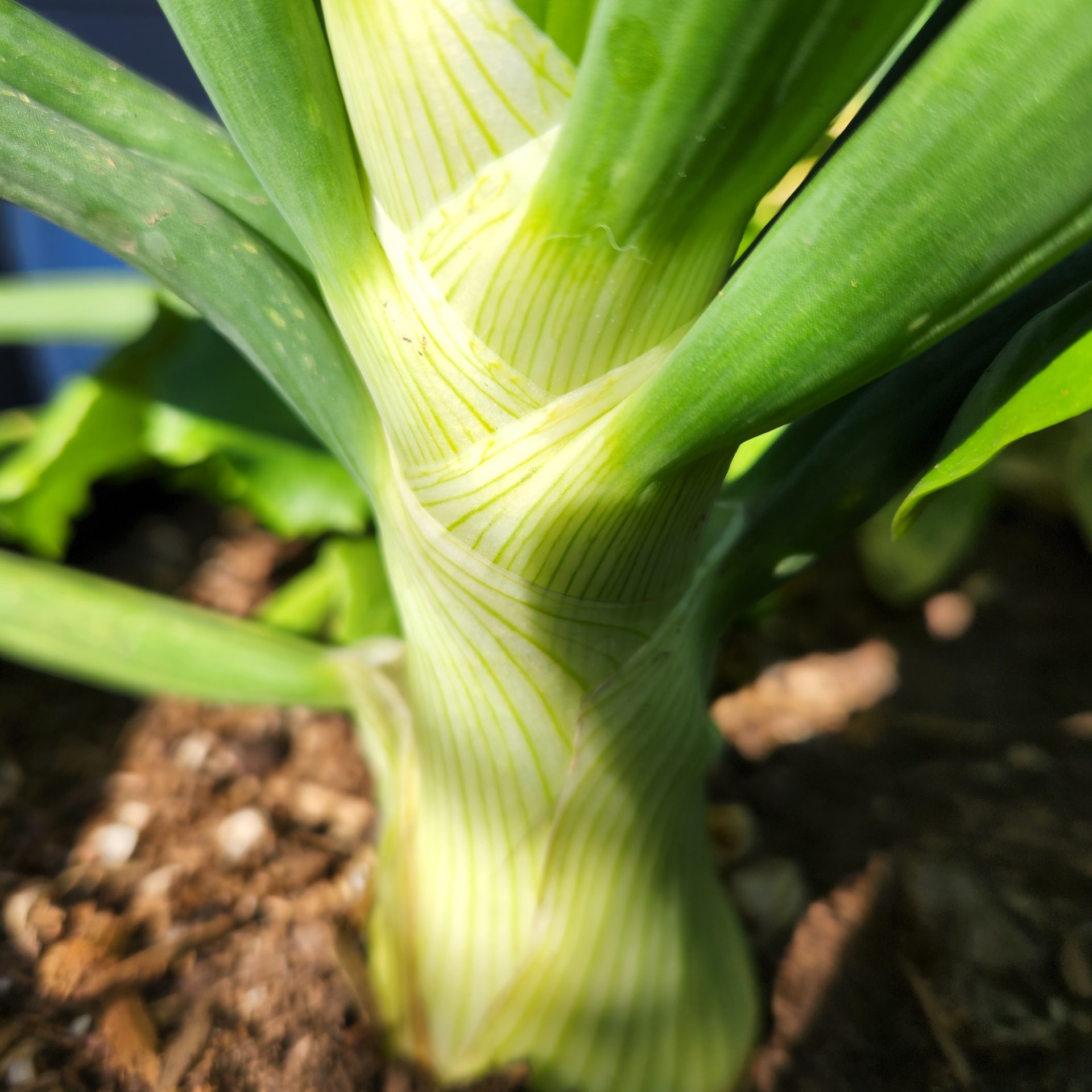Transitioning to farming with a focus on soil biology involves a shift from conventional agricultural practices that often rely heavily on synthetic inputs like chemical fertilizers, pesticides, and herbicides, to more holistic and regenerative approaches that prioritize the health and vitality of the soil ecosystem. This approach recognizes that healthy soil biology is essential for sustainable and productive agriculture. Here’s what the transition entails:
Building Soil Health: The foundation of farming with soil biology is improving soil health. Healthy soils are teeming with diverse microbial life, including bacteria, fungi, protozoa, and other microorganisms. These microbes play crucial roles in nutrient cycling, disease suppression, and overall soil structure.
Reduced Chemical Inputs: One of the main principles of transitioning to soil biology-based farming is minimizing or eliminating the use of synthetic chemicals. Chemical fertilizers, pesticides, and herbicides can disrupt soil microbiota and lead to long-term soil degradation. Reducing chemical inputs allows the natural soil ecosystem to thrive.
Cover Crops and Crop Rotation: Planting cover crops and practicing crop rotation helps maintain soil cover throughout the year, preventing erosion and supporting the growth of different types of soil microbes. Cover crops also provide organic matter that feeds the soil biology when they decompose.
Composting and Organic Matter: Adding compost and organic materials to the soil increases its carbon content and provides food for soil microorganisms. This promotes microbial activity, which in turn enhances nutrient availability for plants.
No-Till or Reduced Tillage: Tillage disrupts soil structure and can harm soil organisms. No-till or reduced tillage practices help maintain soil integrity and preserve the habitat for beneficial microorganisms.
Microbial Inoculants: Some farmers introduce beneficial microorganisms through microbial inoculants. These can include beneficial bacteria, fungi, and other microorganisms that enhance nutrient availability, disease resistance, and overall soil health.
Diverse Crop Varieties: Planting diverse crop varieties helps maintain a more diverse soil microbiome. Different crops can stimulate the growth of specific microbial communities, contributing to a balanced and resilient ecosystem.
Integrated Pest Management (IPM): Instead of relying solely on chemical pesticides, IPM strategies involve using a combination of natural predators, beneficial insects, and other biological controls to manage pests. This approach minimizes harm to non-target organisms and maintains a healthier overall ecosystem.
Observation and Adaptation: Farming with soil biology requires careful observation of the soil and plant health. Farmers need to adapt their practices based on these observations to ensure that the soil ecosystem remains balanced and productive.
Long-Term Sustainability: The transition to farming with soil biology aims for long-term sustainability rather than short-term gains. It prioritizes practices that build and maintain soil health, which leads to improved resilience against climate variability, reduced dependence on external inputs, and increased productivity over time.
Overall, the transition to farming with soil biology involves a more holistic and interconnected approach that focuses on nurturing the living soil ecosystem to support healthy crops and sustainable agriculture.

